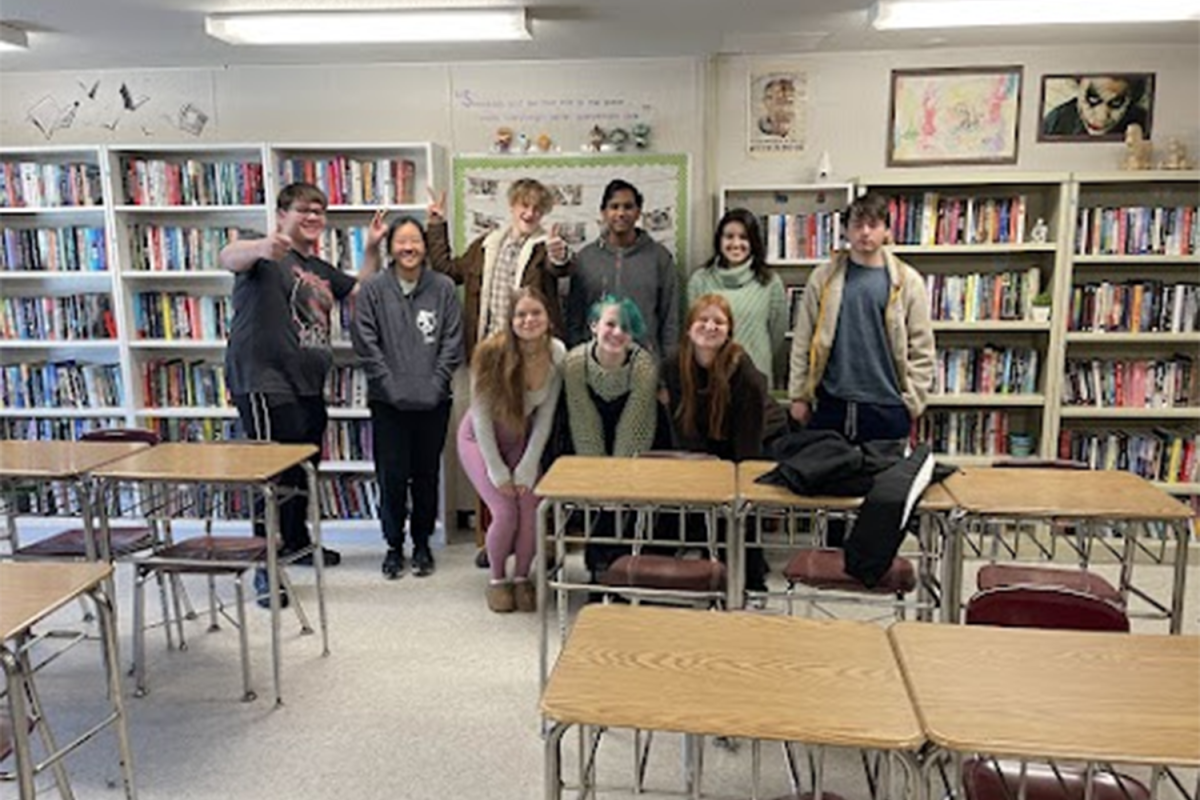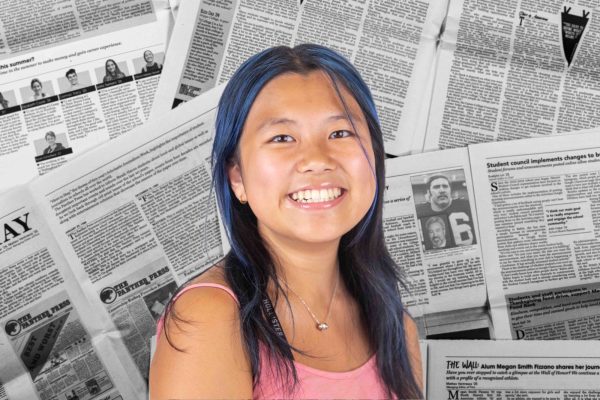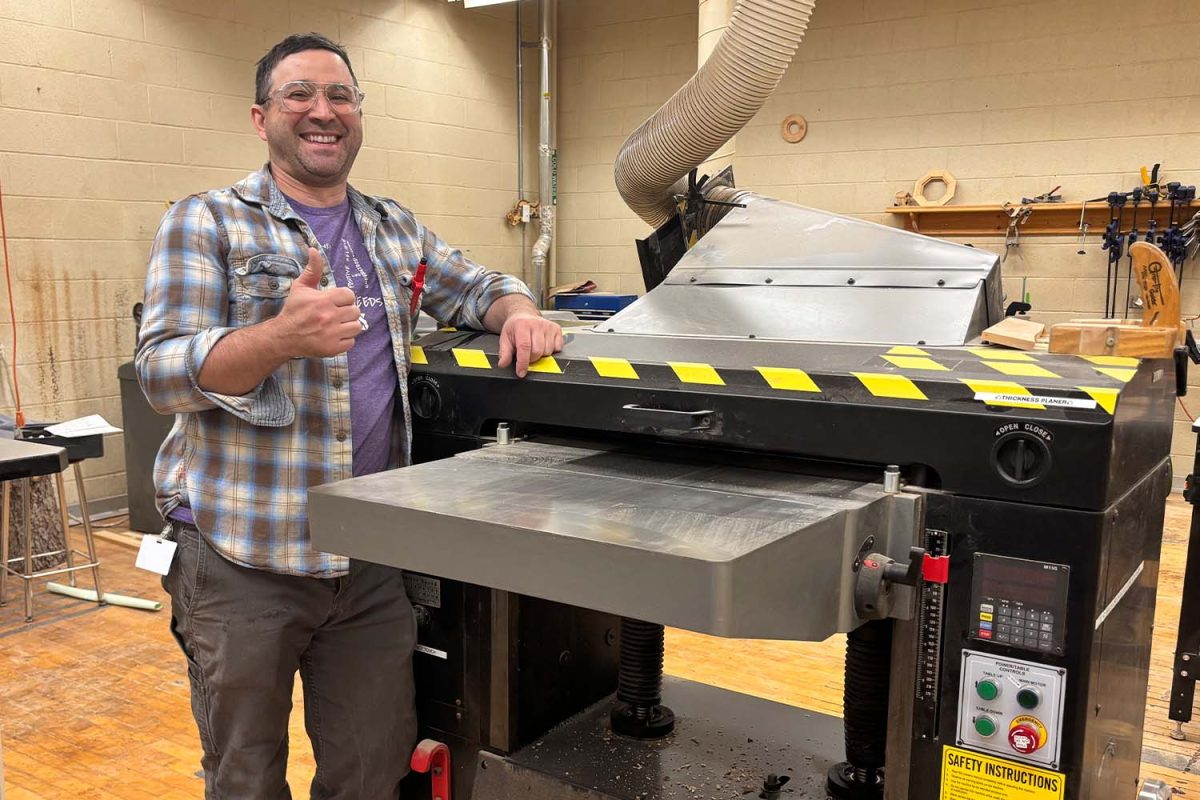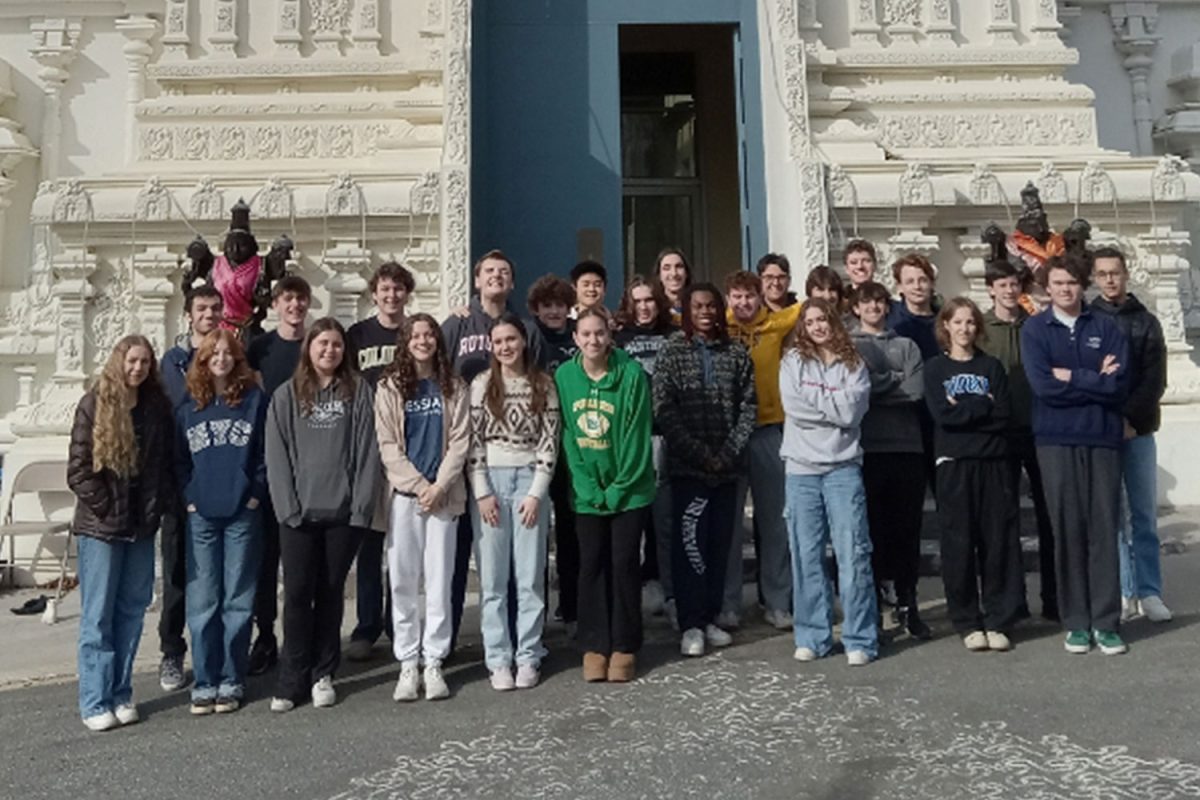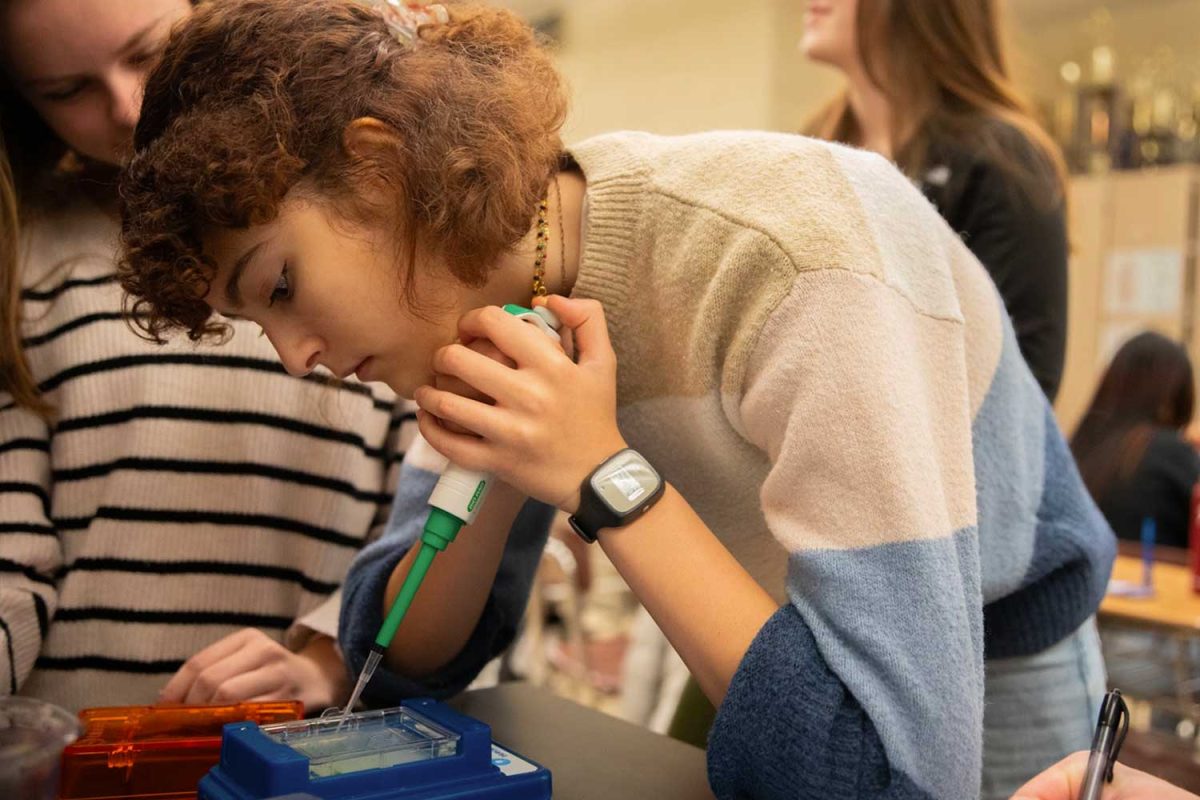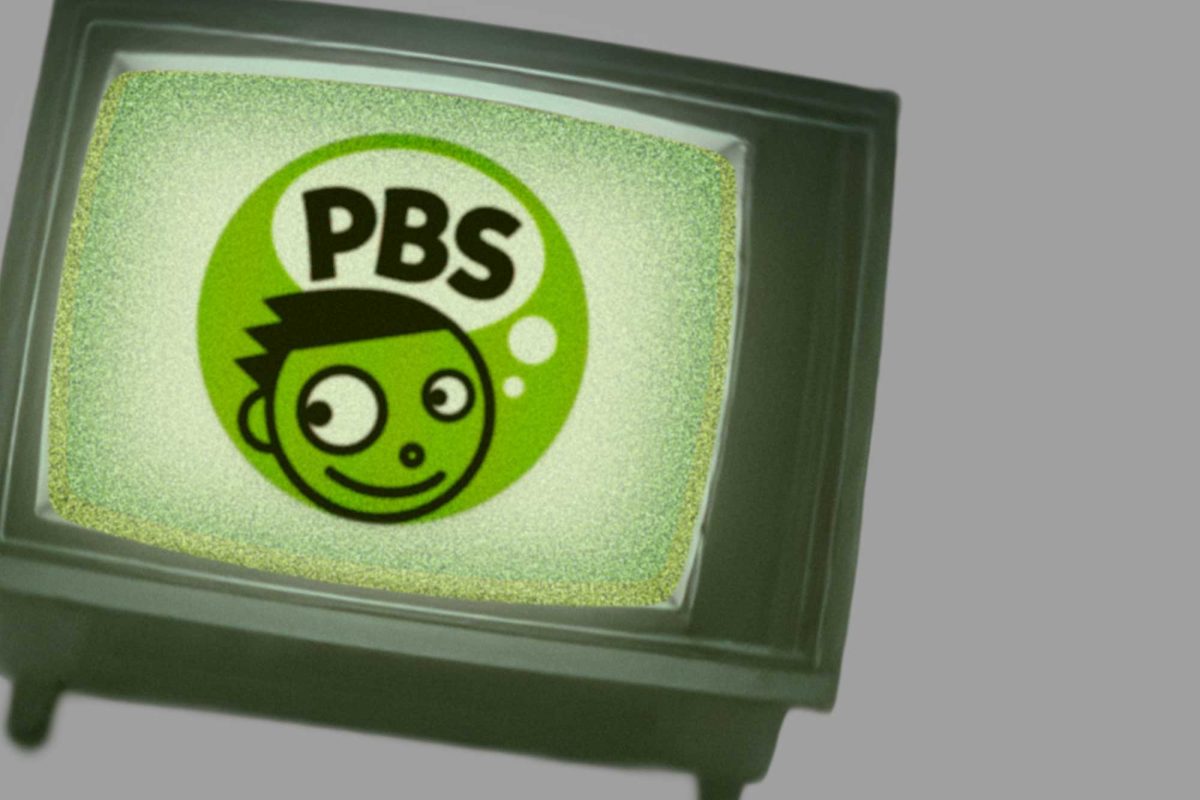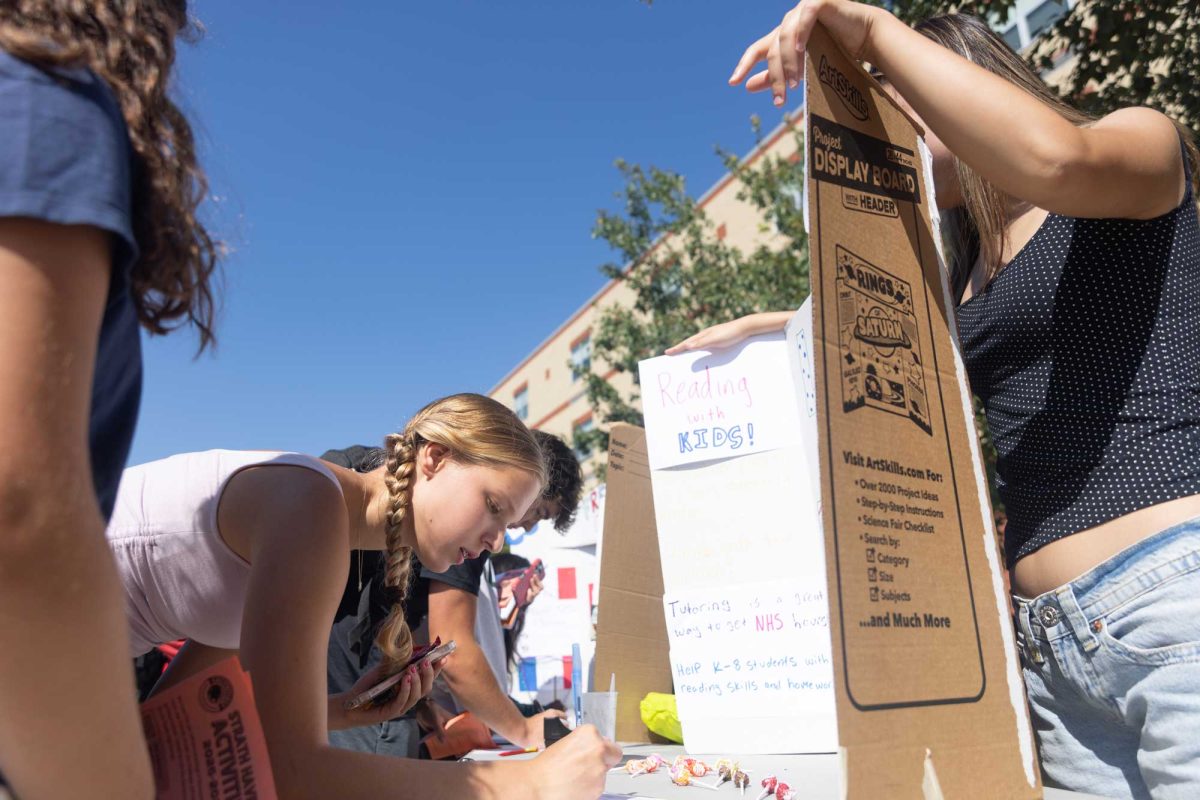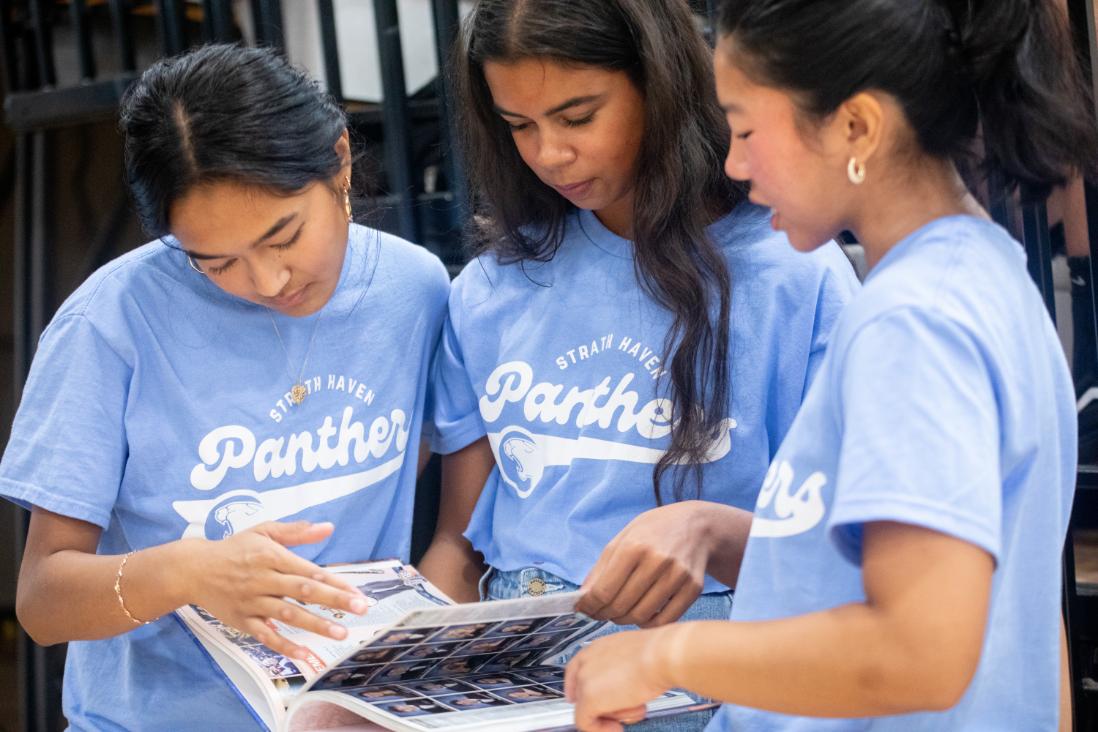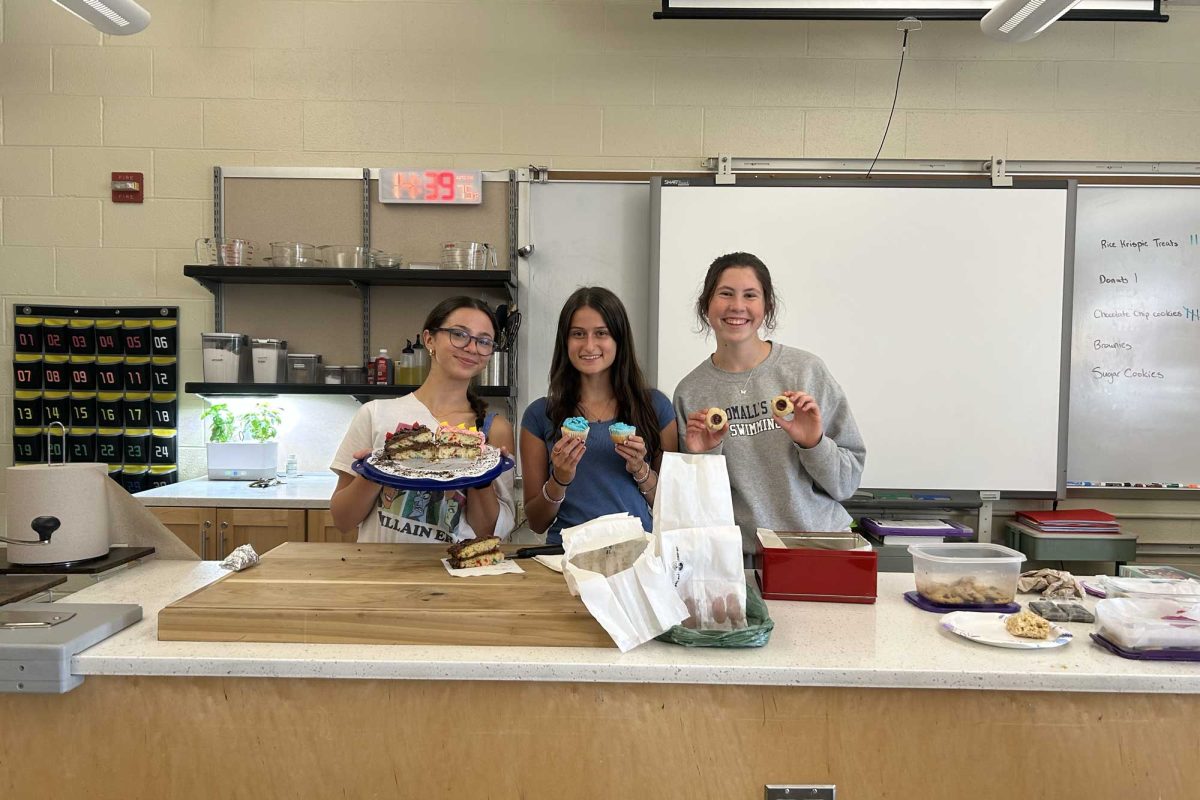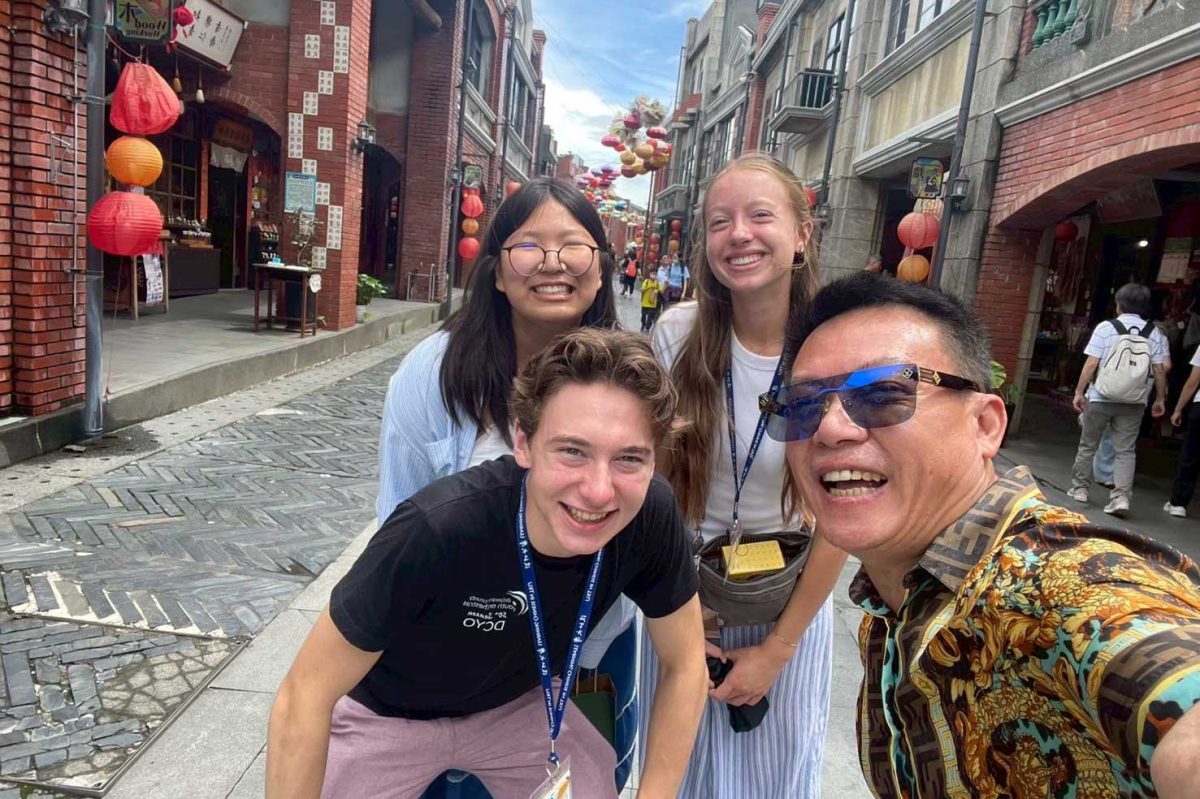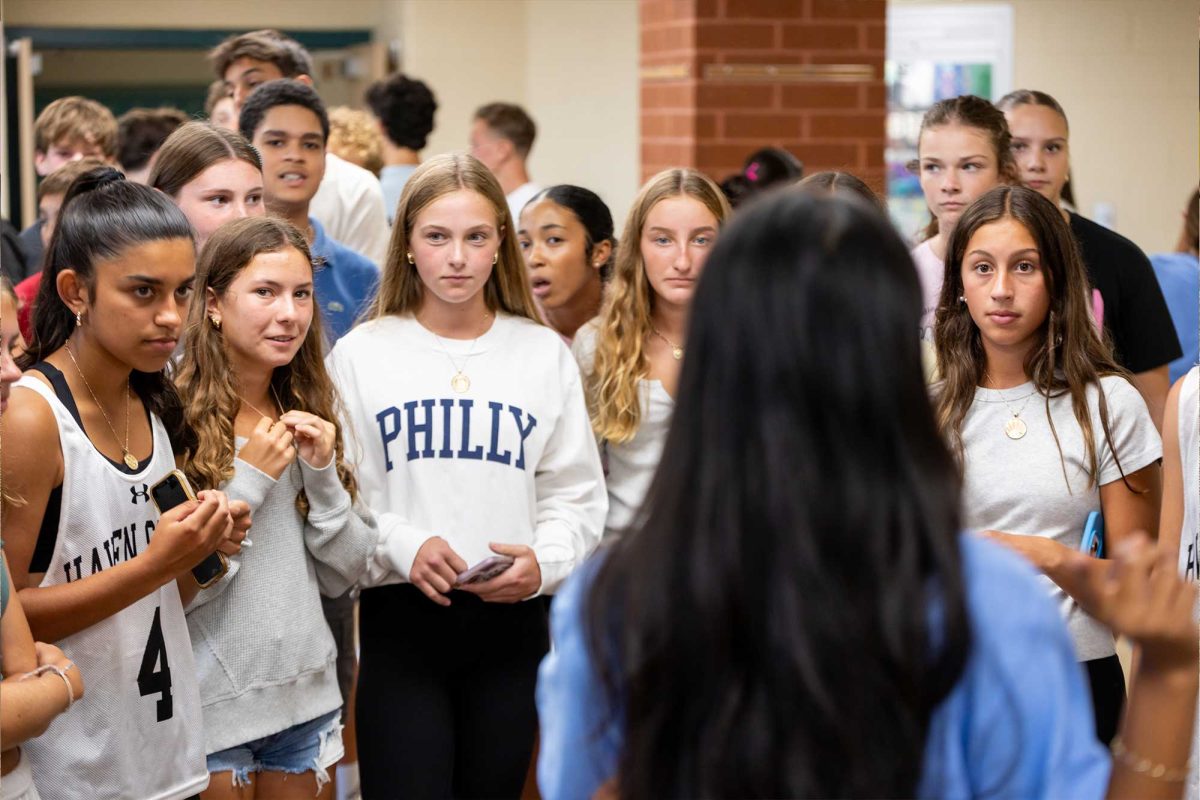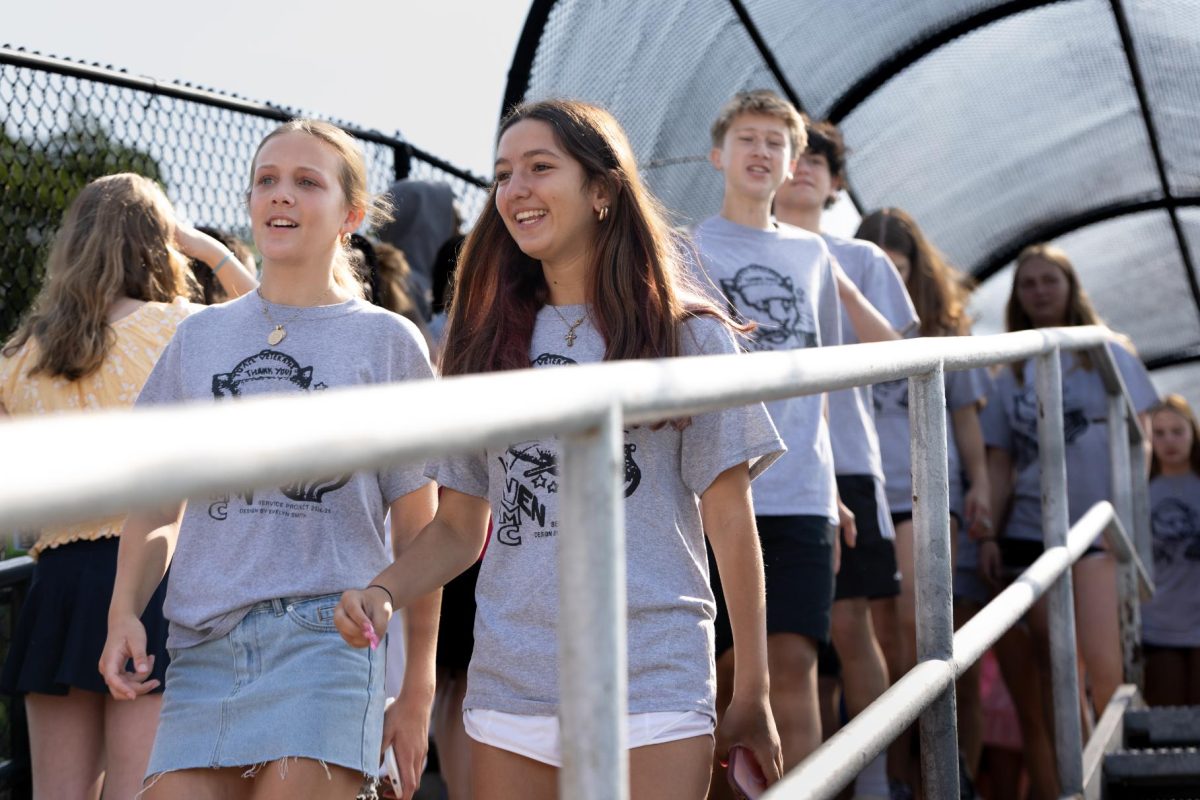Create a story that shows, not tells. Create a story that vividly shows imagery. Create a story you would be willing to share with your classmates.
Ms. Reagan Lattari’s Creative Writing elective is all about creating.
“It’s mostly a fiction writing workshop, although we do dabble at the end in some creative nonfiction and some poetry,” Lattari said.
The English-based elective teaches various story elements and allows students to use their imagination to create stories from a given prompt.
“We’ll talk about characterization, point of view, voice, imagery, and the good old showing versus telling. We’ll do different activities and reading exercises that really focus on that one specific skill,” Lattari said.
The prompts result in pieces from fantasy pieces to more realistic pieces, which Lattari finds impressive.
“When that student really puts the time into like world-building, those stories blow my mind, because it takes so much to write a believable world that we all are part of, but then to create one in the limitations that I give them for the story,” Lattari said. “It’s always so interesting to see what they come up with when they’re given the freedom to write about whatever they want.”
Towards the second quarter, students within the class write stories that are workshopped and shared with other students.
“My favorite unit was probably just the workshop because that was really helpful,” sophomore Eme Choi said. “Being given a blank sheet of paper was a lot harder than I thought it would be to actually come up with a story and write it. Especially knowing that there’s a deadline and that everyone in the class is going to read it and criticize you for it. It taught me a lot of good lessons.”
One lesson was learning to constructively criticize and accept feedback from peers.
“It taught [me] how to give criticism nicely and not hurt everybody’s feelings,” Choi said. “But accepting criticism– people catch so many things that you don’t catch, and for me, I have a tendency to not explain things fully, so getting people to tell me what I neglected to explain, what I forgot to mention, it was really helpful.”
Junior Sage Pahl also enjoyed the freedom and motivation the class offered them.
“I’d say it’s a lot like other arts electives– for the most part you can do what you want, as long as your stuff gets done,” Pahl said. “I think it was easier to turn things in on time for creative writing, simply because I was more motivated to finish this stuff. You would get into a flow of things, and then, it would be like ‘Oh, crap, class is over.’”
One challenge is writer’s block.
While writer’s block can be common, the course has encouraged students to develop the patience it takes to find and write about an idea.
“When I had a day where I couldn’t write anything, I would just not force it, and I would read some books,” Pahl said. “Reading a really good book gives me ideas, like, ‘Oh, wow, that’s like a good idea.’ Or ‘I liked that writing style.’”
The fluid deadlines also help give students the chance to fully develop and create stories that are meaningful to them.
“I know that writing is a process and it’s different for everybody,” Lattari said. “For some people, they might come up with something they’re happy with immediately and other people might have to let it marinate for a while. I think that’s what kids really like about the course, that there isn’t really homework. There isn’t really a restrictive due date.”
Choi recommends the elective for any student looking for a creative outlet or wants to de-stress.
“I don’t think you’re ever going to get a chance to creative write in the school,” Choi said. “Like, we neglect it so much, and replace it with academic writing, like essays and stuff. This is a really good chance to just express yourself through literature.”



